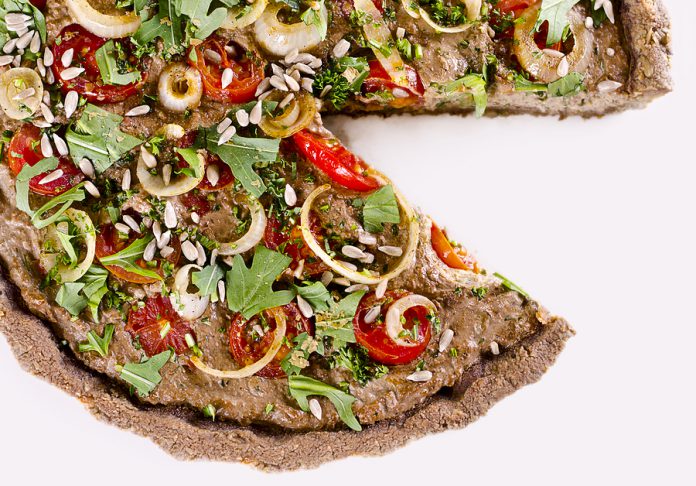We all grew up learning the rules of healthy eating based on the four food groups: fruits and vegetables, grain products, milk products, and meat products.
The Canada Food Guide went so far as to outline how much we should consume from each group depending on our age. Following the recommendations ensures that we get our daily requirements for vitamins, minerals and other important nutrients, helping us to achieve overall good health and vitality.
There are, however, healthy eating alternatives that allow us to make dietary choices based on cultural, political, religious, environment, activist and an entire bevy of other beliefs.

Local food blogger Maggie Savage of She Let Them Eat Cake (www.sheletthemeatcake.com) is passionate about nutrition and is studying to be a holistic nutritionist.
“I believe we each should choose the healthiest ways to eat to fuel our bodies,” she says. “There are many options and it is a personal choice.”
Maggie and I sat down to explore some of these options.
Vegetarian
As a general rule, a true vegetarian diet is one that contains no meat, fish, and fowl or, in some cases, any food derived from animals (such as eggs or cheese). But these aren’t hard and fast rules: some who follow a vegetarian diet simply omit red meat and feel it’s okay to consume chicken or fish.
It comes down to taking personal control over your diet and eating in a way that makes you feel your best.
Vegans
Vegans don’t eat dairy, meat, any animal protein, or any foods that are processed using animal products. They follow a plant-based diet including all grains, beans, legumes, vegetables and fruits, and the nearly infinite number of foods made by combining them.
Vegans have to be very proactive and aware of their vitamin, mineral and nutritional consumption for optimum health.
Gluten-Free
A gluten-free diet originated as a result of treating those with celiac disease, where one suffers from the effects of consuming gluten — a protein found in wheat, barley, rye, spelt, kamut, and sometimes oats.
People not afflicted with celiac disease are choosing to follow a gluten-free diet because it is associated with weight loss and they are finding that they feel better. A gluten-free diet is known to relieve bloating, inflammation, brain fogginess and cravings. I asked Maggie why this is.
“The wheat we eat today is not the same wheat our ancestors ate,” she explains. “It has been modified, processed, and added to certain products as filler and we are consuming too much of it.”
Raw Food
The fundamental principle behind raw foodism (also called rawism) is that plant foods in their most natural state — uncooked and unprocessed — are the most wholesome for the body.
The raw food diet is a lifestyle choice. It is not a weight loss plan. Staples of the raw food diet include fruits and vegetables, nuts, seaweed, sprouts, sprouted seeds, whole grains, and beans.
Raw foodists do not cook using a traditional stove or oven; they use food dehydrators in order to keep as much of the nutrients alive as possible. Raw foodists believe a diet of uncooked, unprocessed plant foods leads to a leaner body, clearer skin, and higher energy.
“I do feel I can make healthier choices incorporating raw foods in my lifestyle,” says local raw food chef Tina Bromley. “It’s like a natural multi-vitamin; they can strengthen our bodies and add energy to our lives.”
In the end, Maggie explains: “It’s about finding the right combination of foods that makes you feel your best, without compromising your health.”



























